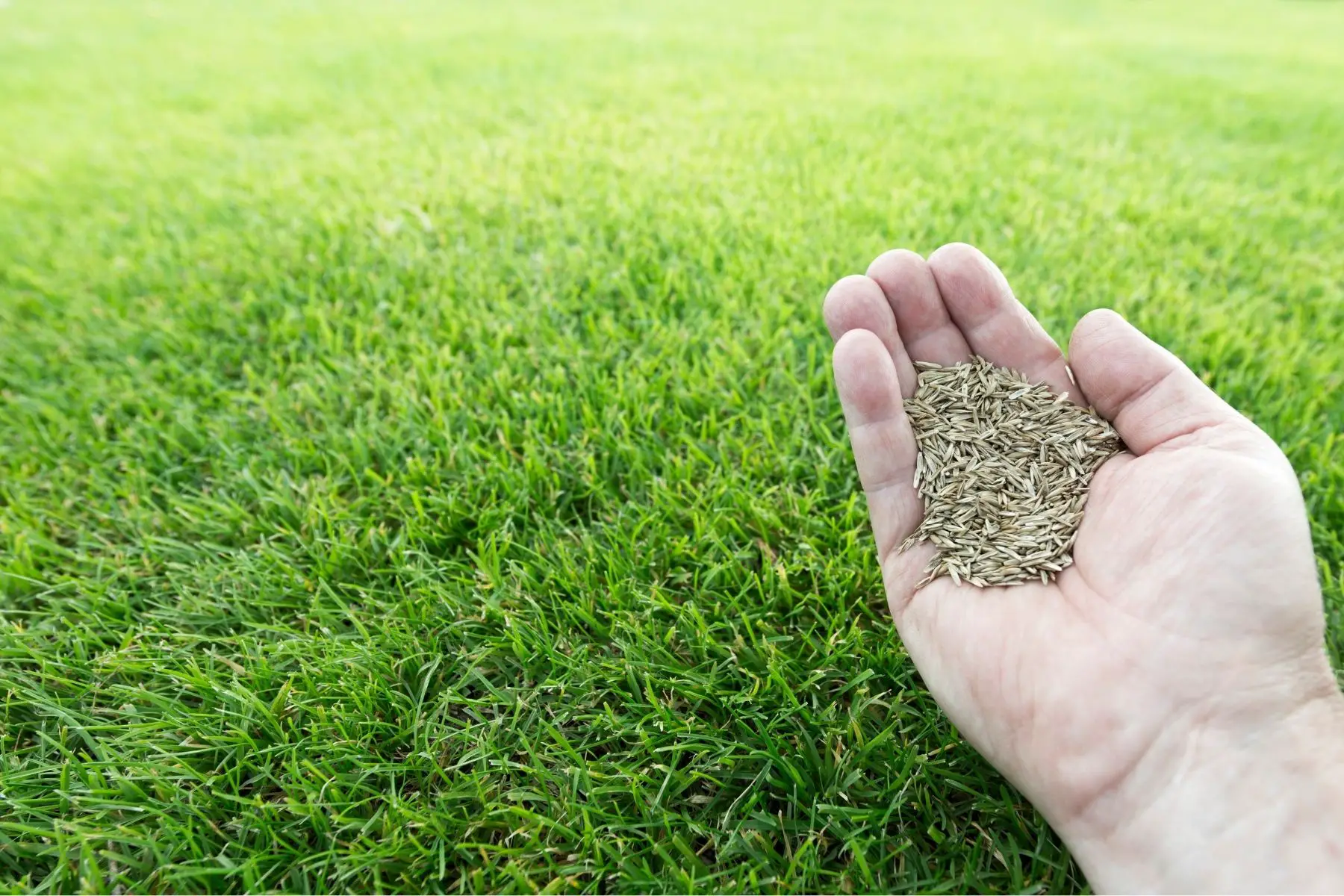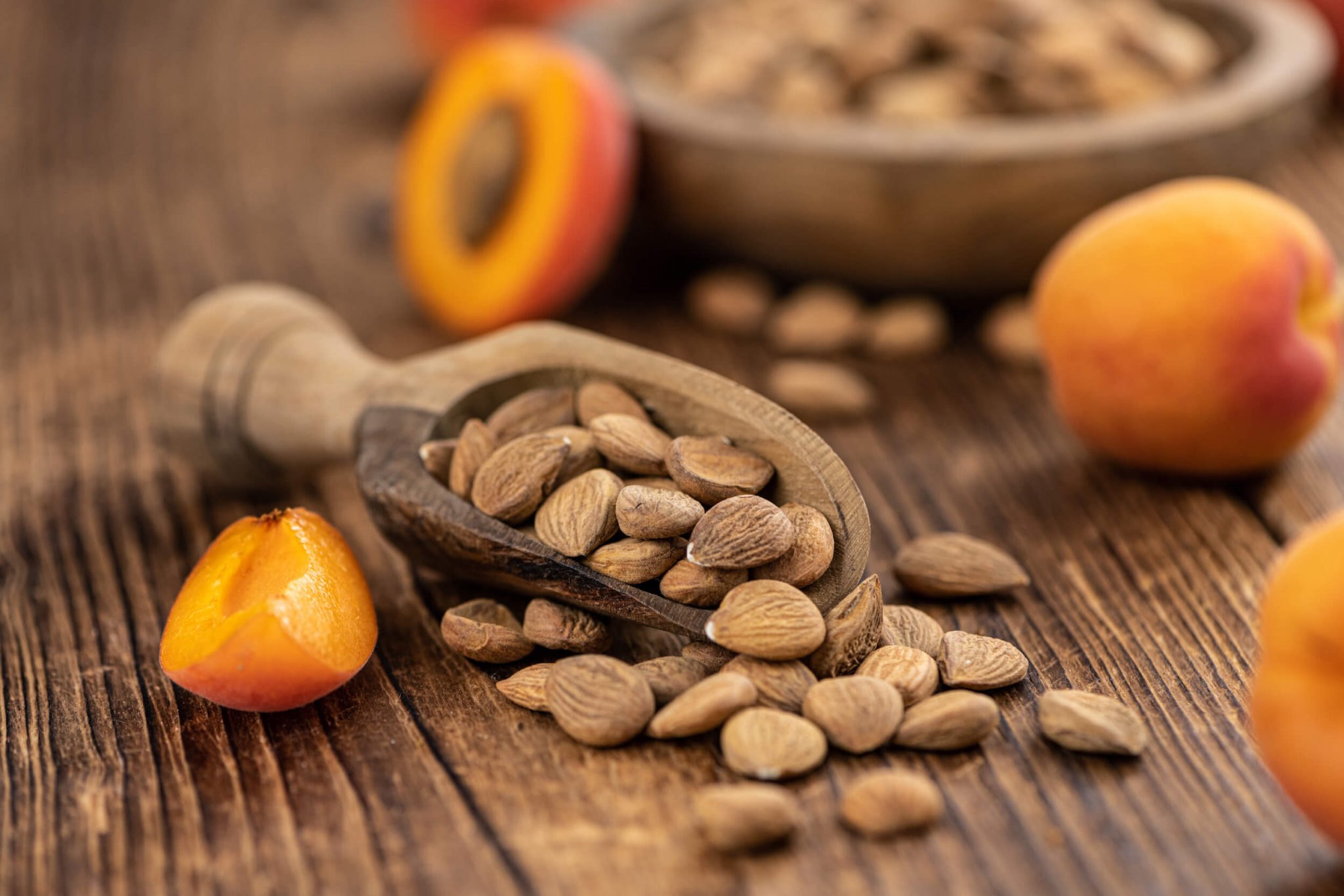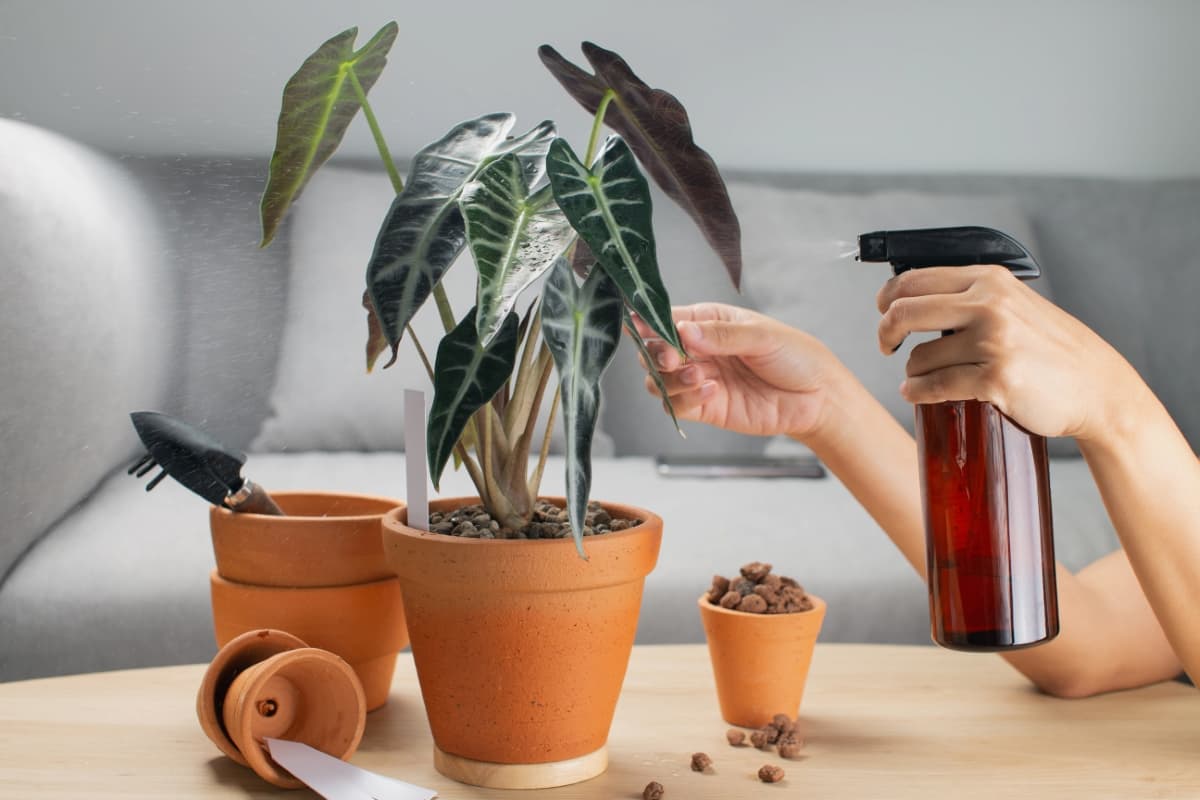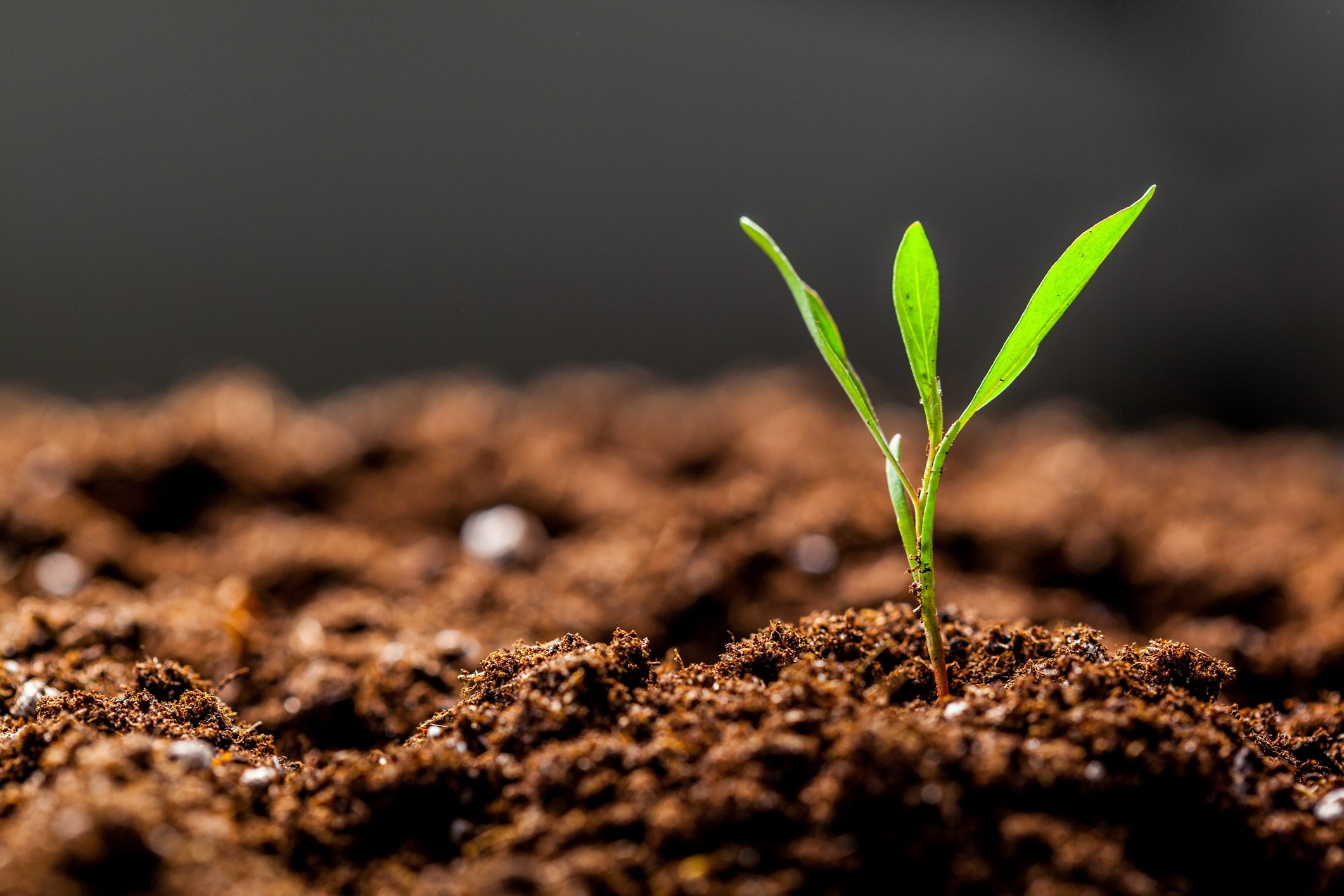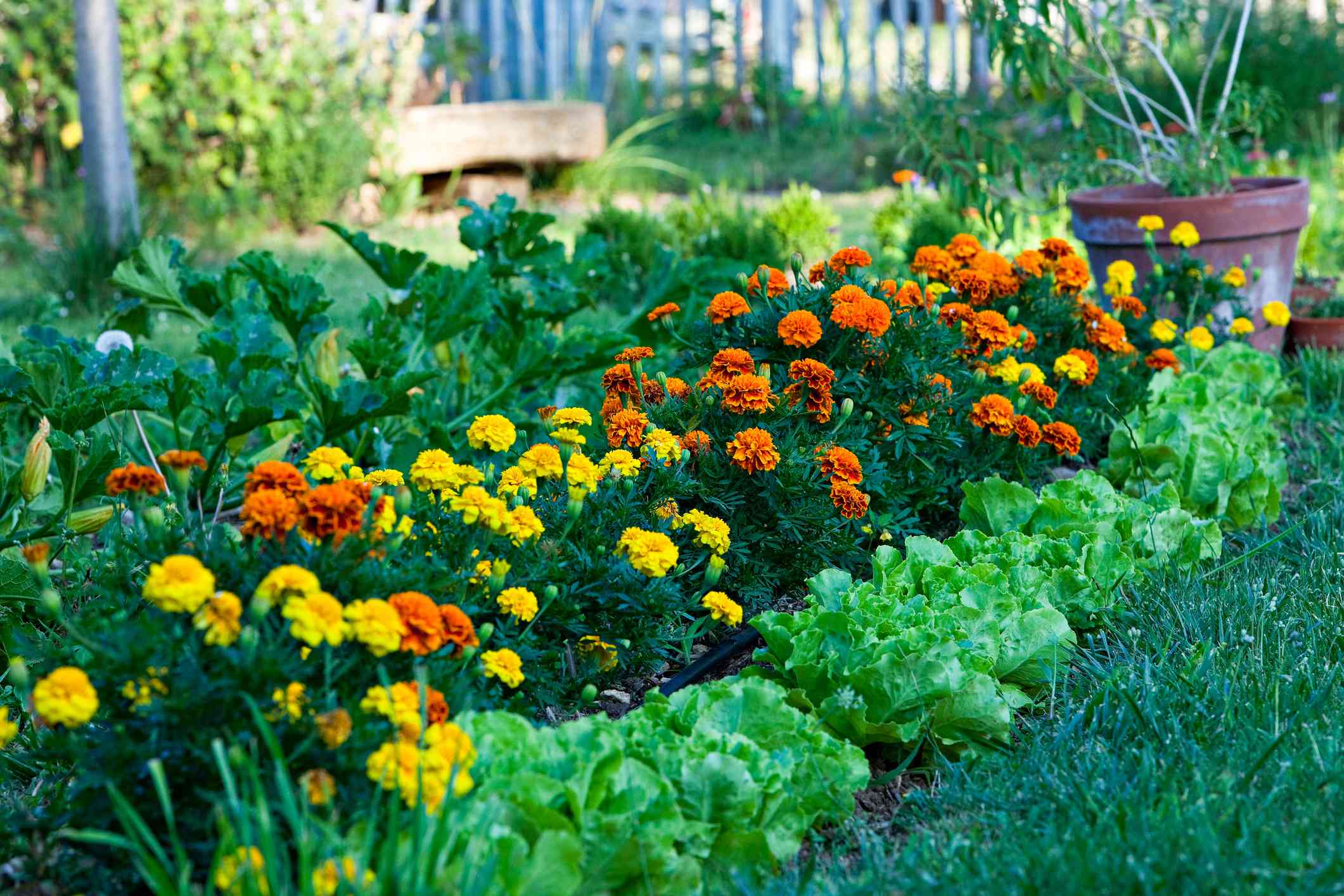Home>Gardening Techniques>Seasonal Gardening>What Are The Best Planting Days
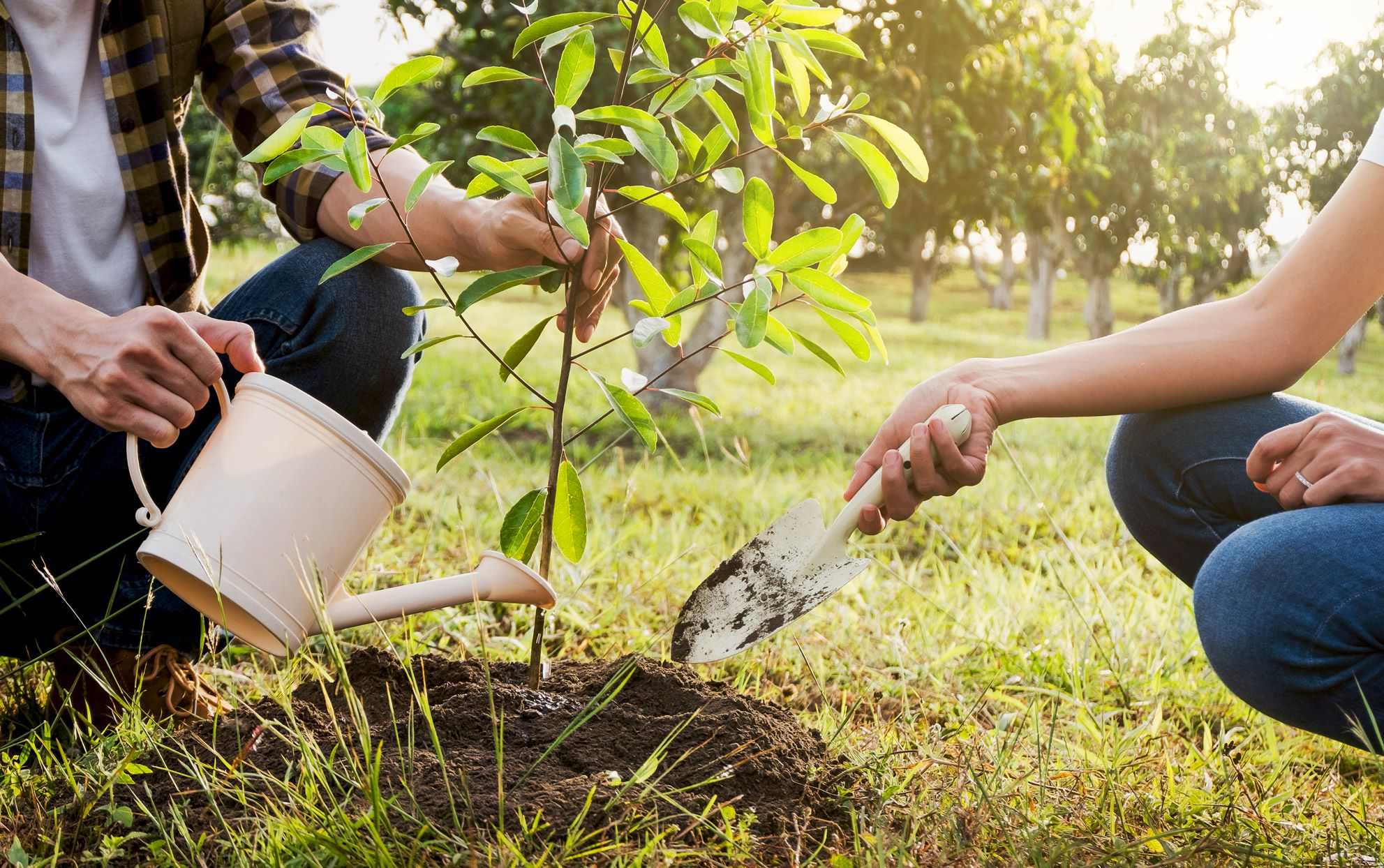

Seasonal Gardening
What Are The Best Planting Days
Modified: January 22, 2024
Discover the optimal planting days for your seasonal gardening with our comprehensive guide. Enhance your garden's productivity with expert advice and maximize your planting success.
(Many of the links in this article redirect to a specific reviewed product. Your purchase of these products through affiliate links helps to generate commission for Chicagolandgardening.com, at no extra cost. Learn more)
Table of Contents
Introduction
As gardening enthusiasts, we eagerly await the arrival of the planting season. It’s a time when we can reconnect with nature, cultivate beautiful flowers, and grow delicious vegetables. But did you know that there are specific planting days that can greatly influence the success of your gardening endeavors?
In this article, we will explore the concept of planting days and why they are crucial to achieving optimal results in your garden. We will delve into the various factors that can affect the choice of planting days, including weather patterns, soil conditions, and the specific needs of different plants. Additionally, we will highlight some popular planting days that are celebrated by gardeners around the world.
Whether you are a seasoned gardener or just starting out, understanding the significance of planting days can help you make informed decisions and maximize the growth potential of your plants. So, let’s embark on this journey together and discover the best ways to plan your planting days for a flourishing garden!
Understanding Planting Days
Planting days refer to specific dates or periods during which it is considered ideal to sow seeds or transplant seedlings into your garden. These days are determined based on a variety of factors, including the climate, soil temperature, and the specific needs of different plants.
One key factor to consider when determining planting days is the average last frost date in your region. Frost can be detrimental to young plants, so it is important to wait until after the last frost before planting. This information can typically be found through local gardening resources or by consulting with experienced gardeners in your area.
Another consideration is the type of plants you wish to grow. Different plants have specific temperature requirements for optimal growth. Some plants, such as tomatoes, thrive in warmer temperatures, while others, like lettuce, prefer cooler conditions. Understanding the temperature preferences of your plants will help you choose the right planting days.
Soil temperature is also an important aspect to consider. Seeds need a certain soil temperature to germinate and establish well. If the soil is too cold, seeds may rot or take a long time to germinate. On the other hand, if the soil is too warm, it may inhibit root development. Be sure to monitor the soil temperature and choose planting days that align with the requirements of your plants.
Furthermore, planting days can also be influenced by lunar cycles. Some gardeners follow the theory of planting based on moon phases, with specific days considered favorable for planting above-ground or below-ground crops. While the scientific evidence for this approach may be limited, many gardeners believe in its effectiveness.
Understanding planting days is essential for successful gardening. By taking into account the climate, temperature, soil conditions, and lunar cycles, you can make informed decisions about when to plant your garden. In the next section, we will explore the various factors that should be considered when determining the best planting days.
Factors to Consider
Determining the best planting days for your garden involves considering several key factors. By understanding and analyzing these factors, you can make informed decisions that will promote healthy plant growth and maximize your gardening success.
1. Climate: The climate of your region plays a significant role in determining planting days. Consider the average annual temperature, rainfall patterns, and frost dates. Different plants have different climate preferences, so choose planting days that align with the ideal conditions for your plants.
2. Soil Conditions: The quality and composition of your soil impact plant growth. Test your soil to determine its pH level and nutrient content. Certain plants thrive in acidic soil, while others prefer alkaline or neutral soil. Adjusting the soil’s pH level and providing necessary nutrients can create an ideal environment for your plants.
3. Planting Zone: Understanding your planting zone is essential for successful gardening. The United States Department of Agriculture (USDA) has developed a plant hardiness zone map that divides the country into different zones based on average annual minimum temperatures. This information can help you determine the best planting days for your specific region.
4. Plant Requirements: Each plant has unique requirements for growth, including temperature, sunlight, and water. Research the specific needs of your plants and choose planting days that provide the ideal conditions for their development.
5. Lunar Cycles: While controversial, some gardeners believe that lunar cycles can affect plant growth. According to this theory, certain phases of the moon are favorable for root development or above-ground growth. While scientific evidence may be limited, it can be interesting to experiment with planting on specific lunar dates if you wish.
By considering these factors, you can strategically plan your planting days and give your plants the best chance to thrive. Keep in mind that gardening is an ongoing learning process, and it may take some trial and error to find the optimal planting days for your specific garden.
Popular Planting Days
Throughout the year, there are several popular planting days that are celebrated by gardeners worldwide. These days hold cultural or historical significance and are considered auspicious for planting. Let’s explore some of these days:
1. Spring Equinox: The Spring Equinox, which usually falls on March 20th or 21st, marks the beginning of spring in the Northern Hemisphere. It is a time of renewal and growth, making it an ideal day to start planting a variety of cool-season crops such as lettuce, peas, and radishes.
2. Mother’s Day: Mother’s Day, celebrated in many countries on the second Sunday in May, has become synonymous with gardening. It is a popular day for families to come together and plant flowers or establish a vegetable garden as a tribute to mothers. It’s a perfect opportunity to create lasting memories and enjoy the beauty of nature.
3. Arbor Day: Arbor Day is a worldwide event dedicated to tree planting and conservation. It is observed on different dates depending on the country or region. Participating in tree-planting activities on Arbor Day not only contributes to environmental sustainability but also rejuvenates your garden and enhances its biodiversity.
4. First Day of Summer: The First Day of Summer, usually around June 20th, signifies the arrival of warm weather and longer days. This is an excellent time to plant heat-loving crops such as tomatoes, peppers, and cucumbers. The ample sunlight and higher temperatures create favorable conditions for their growth.
5. Harvest Moon: The Harvest Moon occurs in autumn, typically in September. It is the full moon closest to the autumnal equinox and is believed to provide an abundance of light in the evenings, making it an optimal time for harvesting crops. Take advantage of this bright moonlit night to gather your bountiful harvest.
While these popular planting days hold significance, it is important to remember that the ideal planting days may vary based on your specific location and the unique needs of your plants. Adapt these dates to your local climate and plant requirements for the best results.
Best Planting Days by Region
When it comes to determining the best planting days, it is essential to consider the unique climate and growing conditions of your specific region. Here are some general guidelines for ideal planting days based on different regions:
- Northern Hemisphere:
- – Northeast: In the northeast region, where the growing season is shorter, aim to plant cool-season crops in early spring, just after the last frost. Warm-season crops can be planted in late spring or early summer to take advantage of the warmer temperatures.
- – Midwest: The Midwest experiences a wider range of climates. For cool-season crops, plant them in early spring or late summer for a fall harvest. Warm-season crops should be planted in late spring, after the threat of frost has passed.
- – South: In the southern region, the growing season is longer, providing ample time to grow a variety of crops. Plant cool-season crops in early fall or early spring, and warm-season crops in late spring or early summer.
- – West Coast: Due to the milder climate along the west coast, gardens can be productive year-round. Cool-season crops can be planted in early spring or late summer, while warm-season crops can be planted in early spring or late winter.
- Southern Hemisphere:
- – Australia: The planting seasons in Australia are the reverse of the Northern Hemisphere. In the cooler southern regions, plant cool-season crops in early spring or early autumn. In the subtropical and tropical north, planting can occur year-round, with cooler months being best for crops like lettuce or broccoli.
- – South America and Southern Africa: These regions also experience reversed seasons compared to the Northern Hemisphere. In the cooler months, plant cool-season crops, and in the warmer months, focus on warm-season crops.
Remember that these are general guidelines, and it’s always important to consider local weather conditions and the specific requirements of your plants. Consult gardening resources specific to your region or consult with local gardening experts for more precise recommendations.
Tips for Successful Planting
Planting a garden involves more than just choosing the right planting days. Here are some valuable tips to ensure successful planting and maximize the growth potential of your plants:
- Prepare the Soil: Before planting, prepare the soil by removing weeds, loosening the soil, and incorporating organic matter such as compost. This provides a fertile and well-draining environment for your plants.
- Follow Planting Instructions: Read the planting instructions on seed packets or plant labels carefully. Follow spacing guidelines, planting depths, and any specific requirements for each plant.
- Water Properly: Water your plants consistently and deeply. Avoid overwatering, as it can lead to root rot, and underwatering, which can hinder growth. Keep an eye on the moisture level of the soil and adjust your watering accordingly.
- Provide Adequate Sunlight: Most plants require sunlight for photosynthesis and healthy growth. Ensure that your plants receive the recommended amount of sunlight based on their specific requirements.
- Fertilize Wisely: Use organic or slow-release fertilizers to provide nutrients to your plants. Apply fertilizers according to the recommended dosage and schedule, as overfertilization can harm your plants.
- Protect from Pests and Diseases: Monitor your garden regularly for pests and diseases. Implement preventive measures such as companion planting, natural insect repellents, or physical barriers to safeguard your plants.
- Maintain Proper Care: Regularly prune, thin, and stake your plants as needed. Remove any dead leaves or flowers to promote healthy growth. Pay attention to the specific care requirements of each plant.
- Practice Crop Rotation: Rotate crops each year to prevent the build-up of pests and diseases in the soil. This helps maintain the health and productivity of your garden.
- Observe and Learn: Pay attention to the progress of your plants and make note of what works well and what doesn’t. Gardening is an ongoing learning process, and each season provides an opportunity for improvement.
By following these tips, you can create an environment that fosters healthy plant growth and increases your chances of a bountiful and thriving garden.
Conclusion
Planting days play a crucial role in the success of your gardening endeavors. By considering factors such as climate, soil conditions, and the specific needs of your plants, you can determine the best planting days that will provide optimal conditions for growth. Additionally, popular planting days and regional guidelines can serve as helpful references, but it’s important to adapt them to your specific location and plant requirements.
To ensure successful planting, follow essential tips such as preparing the soil, following planting instructions, providing proper water and sunlight, fertilizing wisely, and protecting your plants from pests and diseases. Regular care, observation, and learning from each season’s experience will contribute to your gardening skills and improve the health and productivity of your garden.
Remember, gardening is a rewarding journey that requires patience, dedication, and a deep connection with nature. As you plan your planting days and nurture your plants, embrace the beauty and joy that comes from cultivating life and witnessing the transformation of seeds into flourishing plants.
So get out there, dig your hands into the soil, and enjoy the wonders of seasonal gardening. Happy planting!


